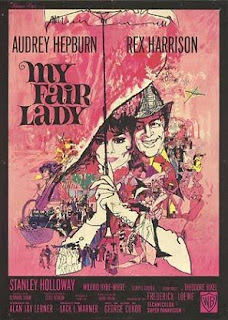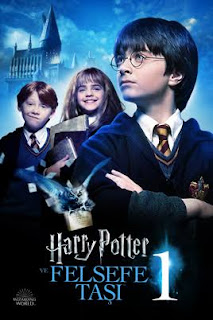Criticism between My Fair Lady and Pygmalion
ln Greek mythology, Pygmalion was a carved statue of a beautiful woman outside of ivory.Pygmalion is a play by George Bernard Shaw, named after a Greek mythological figure.The statue was so beautiful that Pygmalion fell in love with her. The symbolism of the play is about Henry Higgins falling in love with his own creation.My Fair Lady and Pygmalion describe love in the Greek mythology.But both of them ended differently.
The tone of "Pygmalion" is darker and more realistic than that of "My Fair Lady," which is a work of fantasy composed in a light and comedic style. ln my fair lady, film is very loyal to Shaw's play, and even the characters sometimes repeat lines from the game. But of course I have to say that there are many points that he left in the play in tons. One of the biggest differences is the fact that the film is a musical, with a lot of effort on its compositions.The biggest difference is that of course it is a musical. Songs allow the viewer to gain a deeper insight into the characters' hearts.My Fair Lady is brought to life through the seducing and enigmatic world of cabaret in a production of lofty aesthetic value and one of the most effective musical film.
The film captures the mood of a modern fairy tale, with many cheerful songs such asWouldn’t It Be Loverly?”, “I Could Have Danced All Night” On the Street Where You Live" romantic songs were very impressed.ln contrast to this, we can't see same songs in Pygmalion.
Another difference is , unlike My Fair Lady, Pygmalion, was colored. This was very interesting to me because most of the movies we've seen are black and white. Colour film made the film much more appealing to me because I am used to watching colour films, unlike black and white films. For example, while Eliza (Audrey Hepburn) was on the street selling her flowers, colored flowers were much more attractive than flowers in black and white, Eliza (Wendy Hiller) was sold in the old film.there was also Eliza in My Fair Lady.
She was a very interesting character with a very interesting accent. As Audrey Hepburn played, she was very eager and willing to sell flowers far more than the character in Pygmalion, as described by Wendy Hiller, who went as Eliza. Hepburn's Eliza made the first part and the rest of My Fair Lady more interesting than Hiller's flower girl at Pygmalion.
But of course, the biggest plus of the film is Audrey Hepburn, who plays Eliza Doolittle with her grace and superb acting. Hepburn's portrayal of Eliza Doolittle as such a “real woman, and with her sometimes mouth-busted, cheerful and sometimes belligerent, makes Eliza really a flower girl you can find on the streets of London. İnterestingly, Hollywood still likes its romantic and “happy” endings, and no doubt there were disagreements over how Thompson’s and Mackintosh’s My Fair Lady should depict Eliza’s and Henry’s relationship. Bernard Shaw wrote an entire epilogue to his play to emphasize that, no, the characters did not nor never would marry each other or have a romantic or sexual relationship. This is not tragic or sad, it’s just that they don’t belong together, but still respect each other and continue to be friends long after the events of the play.
There are also similarities,the works carry a very similar role in certain aspects such as character interaction and the portrayal of social status, however clear differences can be seen in the two plots, especially in the ending. similarity in the play and the film is the portrayal of social status. To begin with, the play and the film introduce the importance of social status in the opening scenes. When Henry Higgins analyzes Eliza Doolittle in the film, he speaks in an arrogant tone to make it clear that he is superior. On the other hand, in the play, Higgins speaks unsympathetic, uses degrading words and says that Eliza is not even capable of being a human being. Even though the two productions can be very similar they have evident signs of contrast.
Another similarity in the play and the film is the demonstration of social status. First, the play and the film introduce the importance of social status in the opening scenes. When Henry Higgins analyzes Eliza Doolittle in the film, he speaks in an arrogant tone to make it clear that he is superior. On the other hand, in the play, Higgins speaks without empathy, uses diminishing words and says that Eliza is not even capable of being a human being.
To sum up, there are both similarities and differences between these works in terms of musicality plot light etc. In contrast to Pygmalion, My Fair Lady is both better and impressive one.
REFERENCES
http://www.rickstexanreviews.com/2019/06/pygmalion-1938-vs-my-fair-lady-1964.html?m=1
https://www.google.com/amp/s/www.nydailynews.com/entertainment/movies/fair-lady-pygmalion-adaptations-article-1.2405697%3foutputType=amp
https://www.google.com/amp/s/filmschoolrejects.com/the-5-best-pygmalion-movies-since-my-fair-lady-41082c679893/%3famp







Yorumlar
Yorum Gönder